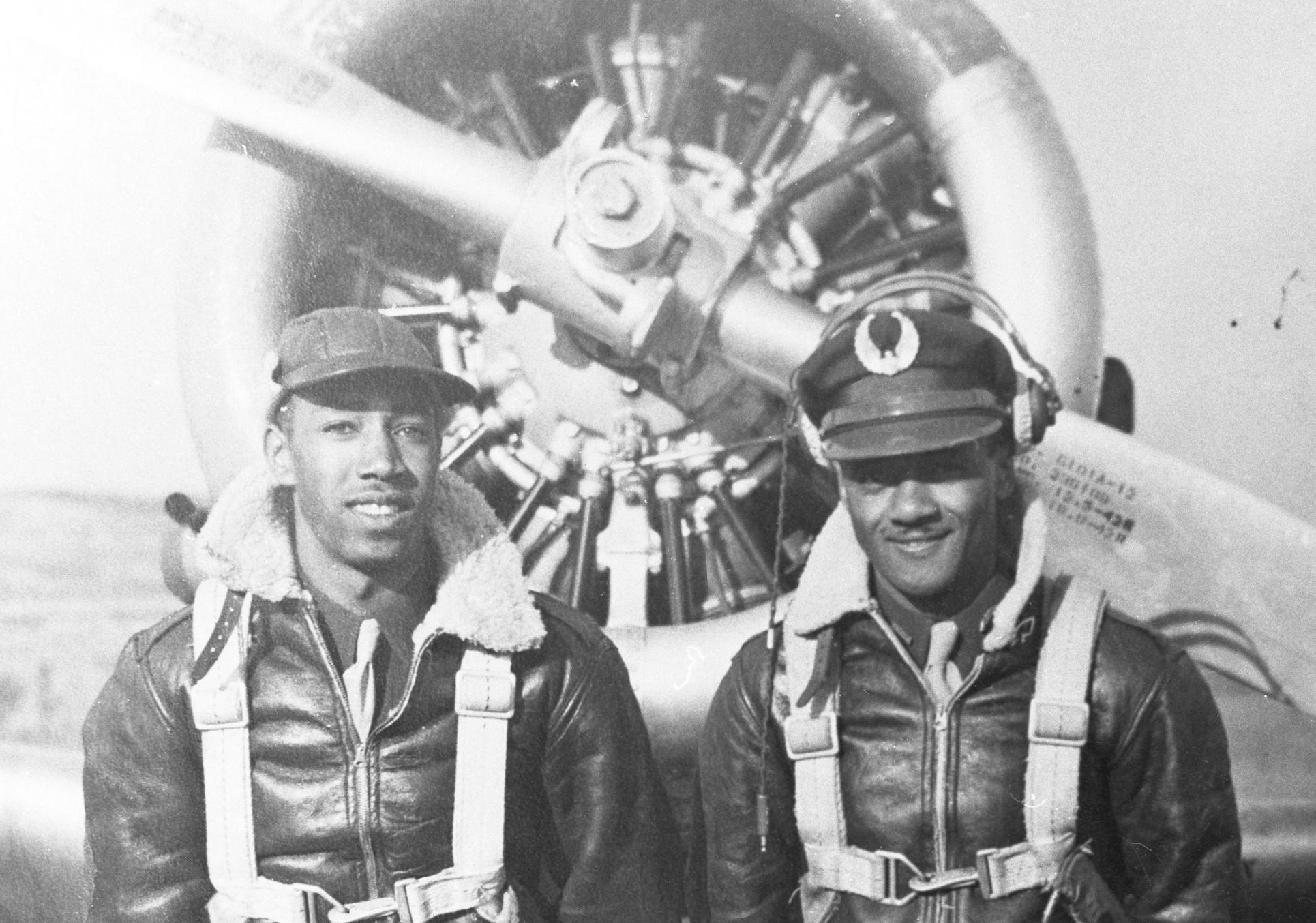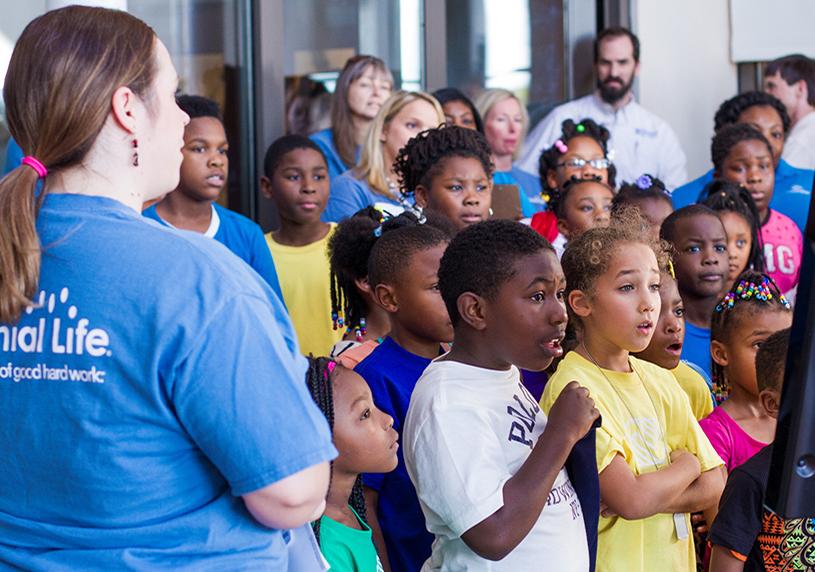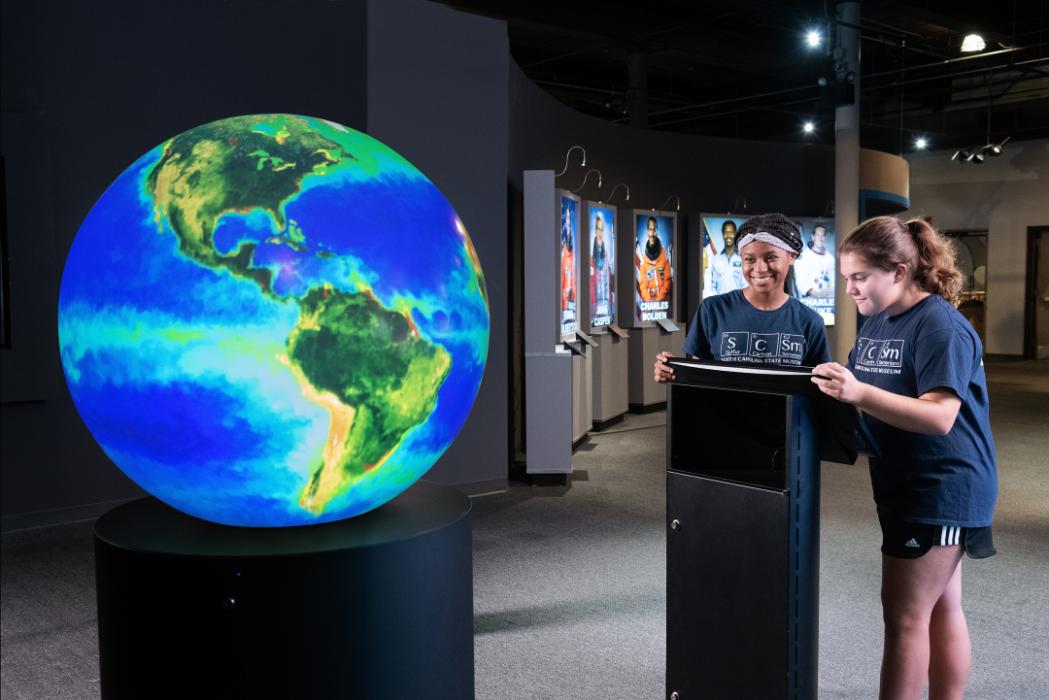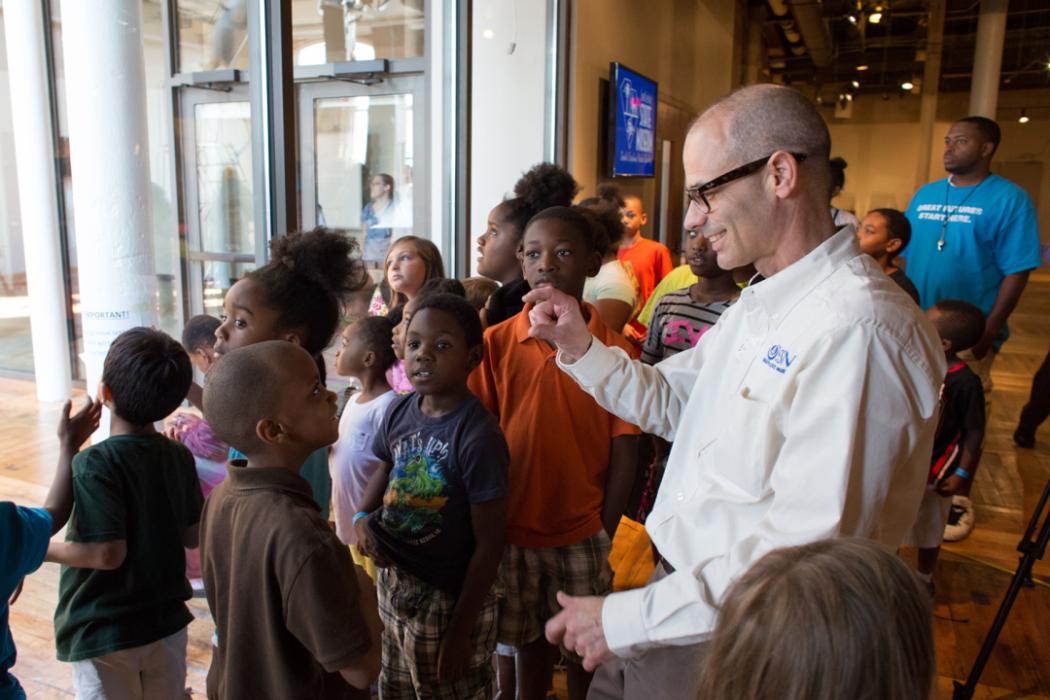
Past Exhibition
Nov. 1, 2020 - April 25, 2021
The traditional American stoneware face vessel has become an iconic art form, with important roots in South Carolina. George H. Meyer’s collection of over 100 early American face vessels provides us with the rare opportunity to see the tradition unfold in regions east of the Mississippi River and Texas, from the 1820s to 1940, including 20 early face vessels from South Carolina.
This exhibition demonstrated that potters were not artists working in isolation, but rather interrelated craftsmen and often families sharing ideas and techniques. While these vessels have been the subject of increased scholarship in recent years, they remain somewhat enigmatic.
About George and Kay Meyer
George began collecting early American face jugs about 35 years ago when David Good, an Ohio dealer he knew, showed up unexpectedly on Christmas day with a group of over twenty early American face jugs, which he bought immediately. Over the years, George carefully assembled the rest of the collection, while practicing law and publishing two books, Folk Artists Biographical Index, in 1988, and the award-winning American Folk Art Canes: Personal Sculpture, in 1992. He served on the board of trustees of the American Folk Art Museum in New York, and was President of the American Folk Art Society. After graduating from the University of Michigan and Harvard Law School and serving as a JAG officer in the Air Force, George moved to Bloomfield Hills, Michigan, where he lived with his wife, Kay.
Kay White Meyer was not thrilled with the “guests” at her Christmas dinner but soon became fascinated with the stories of the potters and the inter-relationships in the different areas of the country. A graduate of Colby College, she was co-editor with George on their recent book, Early American Face Vessels, as well as an associate editor of George’s two previous publications. Kay served in the Peace Corps in Panama and now volunteers with several organizations in Michigan, including Oakland County’s crisis line where she has served on the board and answered crisis calls for 35 years.









